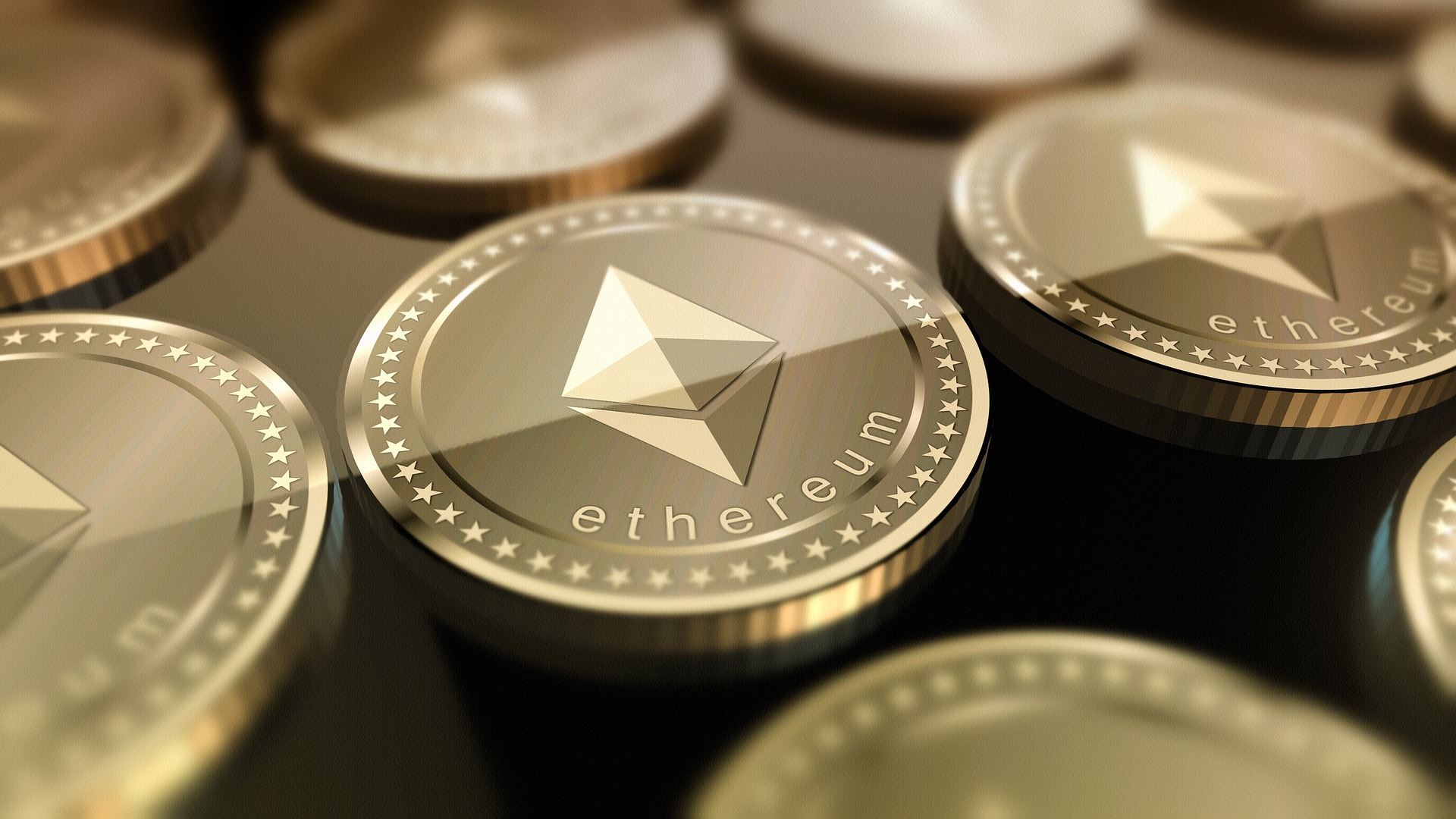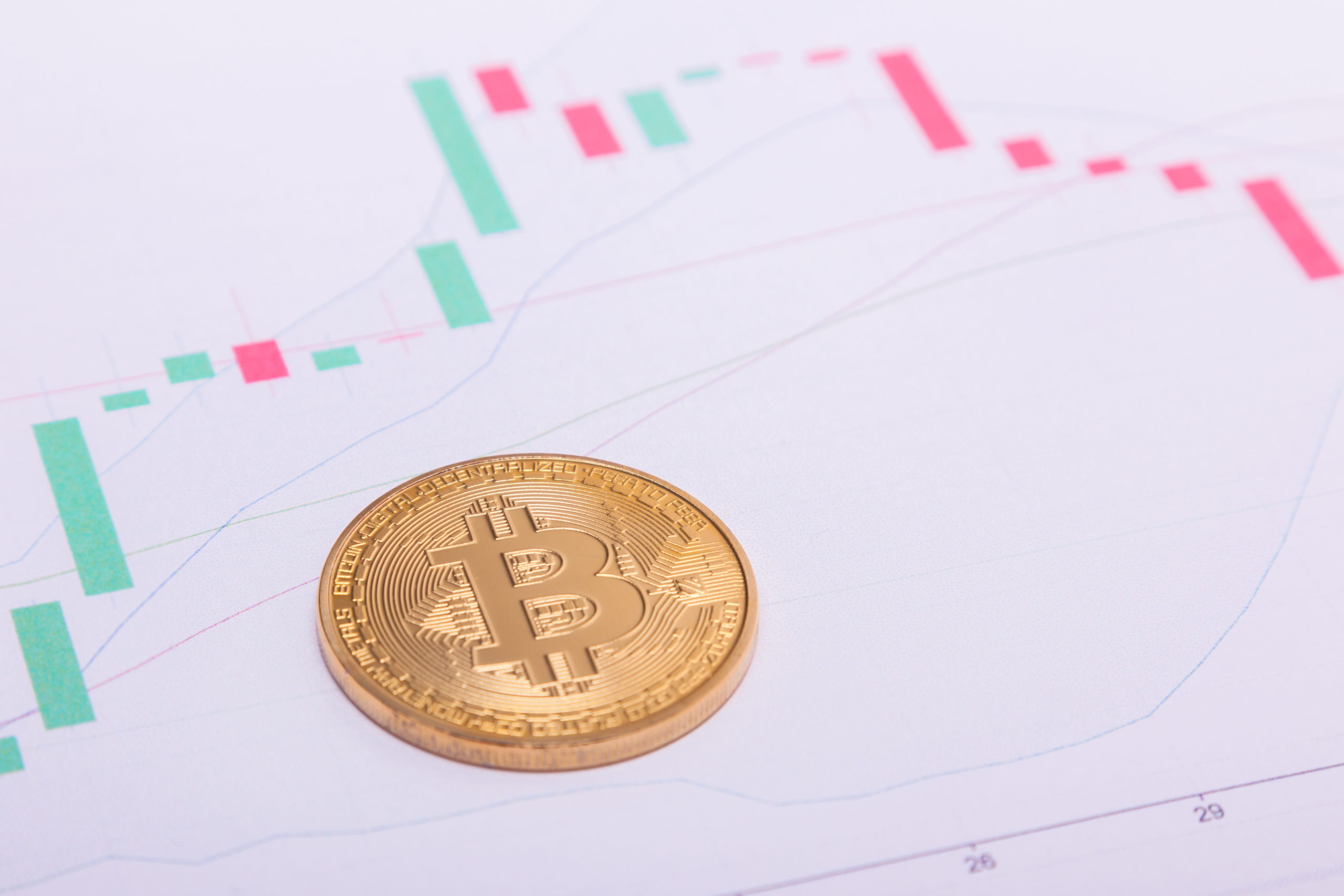Why did Elon Musk, announce that the Mars economy could be based on cryptocurrencies?
The founder of such technology giants as SpaceX, Tesla and PayPal hopes to send the first humans to Mars in early 2024. His ultimate goal is to build a self-sufficient city there as soon as possible. The project has been generating keen interest from the public, which is regularly fuelled by Musk's high social media activity.
In late December, the internet was in an uproar when the billionaire, in response to a tweet by entrepreneur and AI researcher Lex Fridman, announced that "the Mars economy will run on crypto". Interestingly, the cryptocurrency with the name mentioned in the thread: Marscoin, has already been created. The project was launched in 2014 precisely with the expansion of the red planet in mind. Launched on the Nova Exchange, it saw a brief surge in popularity during the cryptocurrency bull market in late 2017 before its price plummeted and the coin was soon withdrawn from Nova.
Musk, currently the richest man in the world, has been speaking out more and more on the topic of cryptocurrencies lately. Last month he publicly pondered the idea of whether Tesla should invest billions of dollars in BTC as suggested by the Microstrategy CEO. However, the American's interest seems to go much further than Bitcoin itself. His single tweet was enough: "One word: Dodge", for the value of this cryptocurrency to increase instantly by a third. Interestingly, until recently his Twitter description proclaimed " Former CEO of Dogecoin." Many observers indicate that it is in Dodgecoin that the billionaire sees the future currency of Mars.
Why are cryptocurrencies on Mars a good idea?
Musk's intentions for the time being remain probably only a subject of speculation, although the recent decision of SpaceX to respect international law on Mars may be extremely helpful in explaining them. Last October, the company stirred up controversy by announcing that the city they would build on Mars would not be subject to the laws of any Earth state. Instead, the company is to follow a set of "self-governing principles" that will be defined at the time of settlement on Mars. In this context, a decentralised currency independent of Earth's governments and banks seems a natural solution.
The future of cryptocurrencies
The billionaire himself admits that 2024 is an optimistic date and it is much more likely that we will wait for the first manned mission to Mars until 2027. However, everything points to the fact that the beginning of the decade will bring the biggest breakthrough in the history of interplanetary missions that humanity has ever witnessed. What does this mean for cryptocurrencies? Nothing is certain yet, but for now the future seems to be extremely bright.
 en
en  pl
pl 







